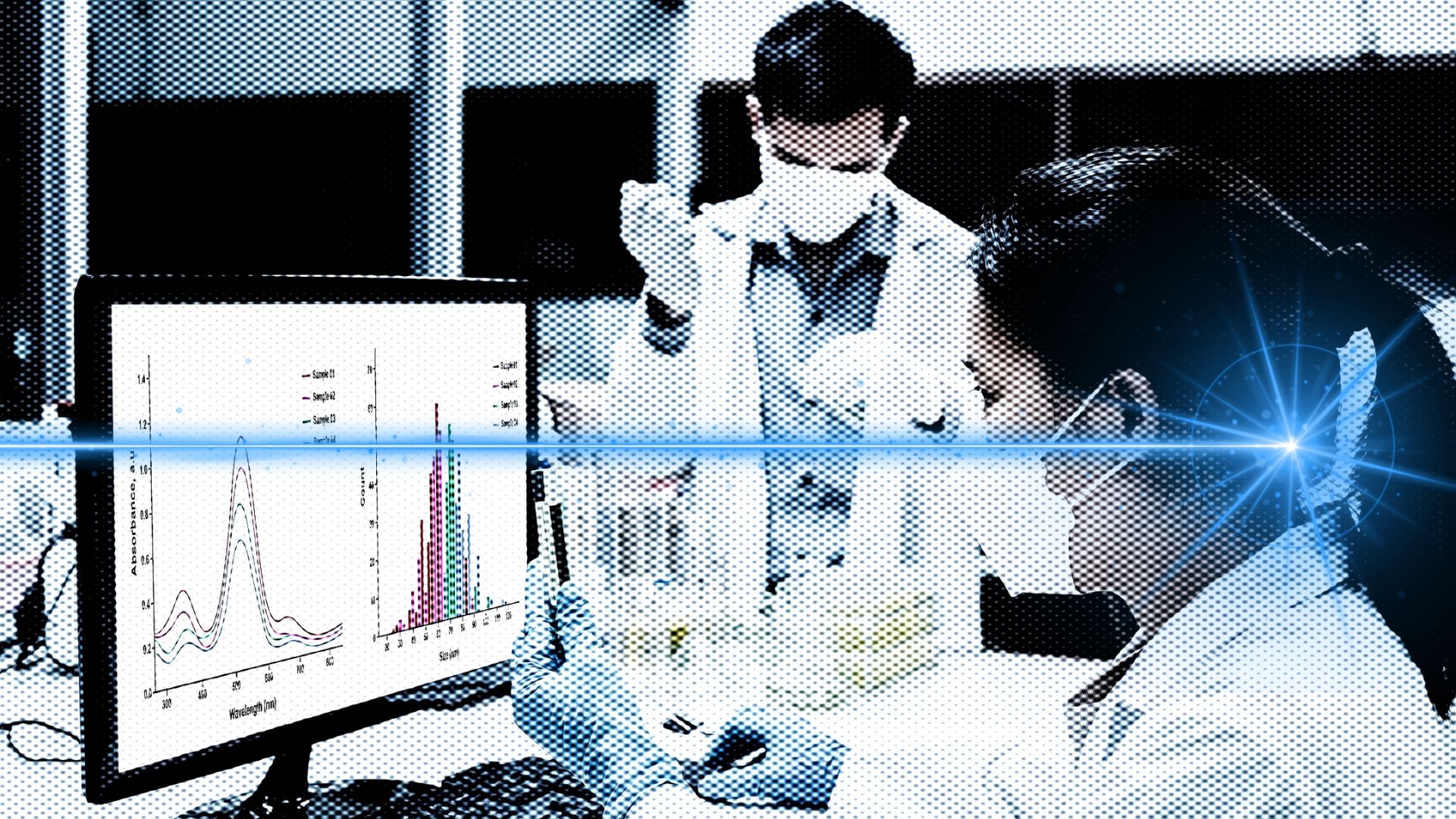
Chiba University’s Game-Changing Hydrogen Detection Breakthrough
November 22, 2024Advancements in Hydrogen Detection: A Breakthrough by Chiba University Researchers
Hydrogen, often hailed as a clean and sustainable alternative to fossil fuels, holds tremendous potential in revolutionizing energy sectors worldwide. However, its highly flammable nature necessitates accurate and reliable detection methods to ensure safety and efficiency in its application. Researchers at Chiba University in Japan have developed an innovative approach to enhance hydrogen detection using Tunable Diode Laser Absorption Spectroscopy (TDLAS), promising significant advancements in the field.
The Challenge of Hydrogen Detection
Hydrogen gas is characterized by its lightweight, energy-dense properties, making it an attractive candidate for various applications, including transportation, power generation, and industrial processes. Despite its advantages, hydrogen’s weak light absorption in the infrared region poses a challenge for detection methods like TDLAS. Effective detection is critical not only for preventing leaks but also for ensuring the purity of hydrogen, which is essential for its efficient use as a fuel.
Traditional TDLAS methods face limitations in detecting low concentrations of hydrogen due to its poor absorption characteristics. This has necessitated the development of more sophisticated techniques that can enhance detection sensitivity and accuracy.
Innovative Solutions by Chiba University
A team of researchers led by Associate Professor Tatsuo Shiina at Chiba University has made significant strides in overcoming the challenges of hydrogen detection with TDLAS. The team introduced a calibration-free technique that enhances precision and expands the detection range for hydrogen gas. By meticulously controlling pressure and modulation parameters within the TDLAS setup, they achieved highly sensitive detection of hydrogen gas.
The researchers employed a Herriott multipass cell (HMPC) to pass laser light through pressurized hydrogen gas. By modulating the laser’s wavelength around the gas’s absorption line, they were able to eliminate environmental noise, thus refining detection capabilities. Their approach involved normalizing the second harmonic signal using the first harmonic, a departure from conventional methods that rely solely on the second harmonic signal. This innovation facilitated accurate measurement of hydrogen concentrations from as low as 0.01% to 100%.
Implications for Industry and Safety
The advancements in hydrogen detection spearheaded by Chiba University hold significant implications across various sectors. The ability to accurately detect hydrogen concentrations can transform safety protocols in industries that utilize hydrogen as a primary fuel source. For instance, in the automotive industry, this technology can be instrumental in detecting leaks in hydrogen fuel cell vehicles, thereby preventing accidents and ensuring the safety of passengers.
Moreover, the enhanced precision in hydrogen detection systems can also contribute to quality control processes, ensuring the purity of hydrogen used in power generation and other industrial applications. By facilitating the reliable adoption of hydrogen fuel, this breakthrough can accelerate the transition towards cleaner energy sources, reducing reliance on fossil fuels and minimizing environmental impact.
Conclusion
The innovative research conducted by Chiba University marks a pivotal step forward in the field of hydrogen detection, promising to enhance the safety and efficiency of hydrogen usage across various sectors. By addressing the challenges associated with detecting low concentrations of hydrogen, this new method opens doors to broader applications and greater acceptance of hydrogen as a clean energy source.
From a human perspective, these advancements not only offer technological solutions but also underscore the commitment to a sustainable future. By improving the safety and reliability of hydrogen fuel systems, this research contributes to a cleaner environment, showcasing the potential of scientific innovation to drive positive change in our everyday lives. As the world seeks sustainable alternatives to reduce carbon emissions, the work of researchers at Chiba University brings us one step closer to realizing the promise of hydrogen as a cornerstone of clean energy.



 With over 15 years of reporting hydrogen news, we are your premier source for the latest updates and insights in hydrogen and renewable energy.
With over 15 years of reporting hydrogen news, we are your premier source for the latest updates and insights in hydrogen and renewable energy.